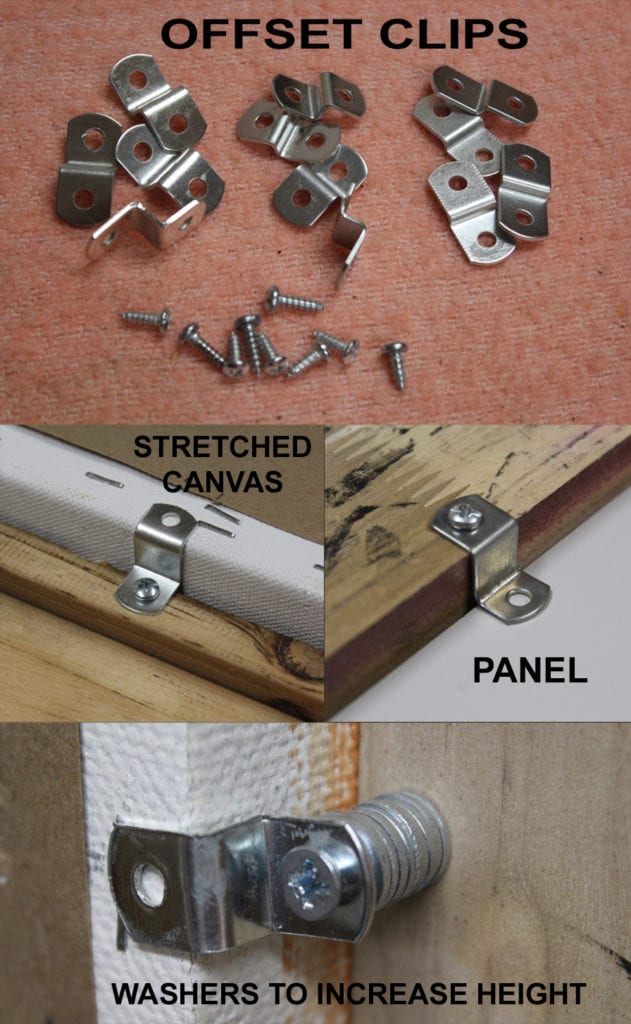Whether or not there is a tough economy ahead, the way to make 2023 your best year in art sales is to start working on it now. In fact, it’s even a little late; I try to set budgets and plans in September. But there is still time.

Though it may sound foolishly simple, start by setting a budget — the amount of money you need to make — and developing a simple management system to make sure you are hitting that budget. Most of the artists I know who are selling artwork don’t know their budgets or how to be sure they’re meeting their minimum needs. Others, who use simple systems like the one described below, not only hit their budgets most months, they tend to exceed them because the system helps them accomplish more. It takes a few hours, one time, to make a budget, and after that you’ll only need to spend about 10 minutes a day checking in on your plan.
How much do you want to make in 2023? Though it’s OK to dream a little and push yourself, it’s a tall order to double or triple what you already make in a year. (It can be done, but it has a lot to do with doubling down on visibility and advertising. But that’s an article for another time.)
How to Make $120,000
To make the math easy, let’s say you need to make $120,000 in 2023, or $10,000 a month. Start by asking yourself how many paintings you produced and sold in 2022, and in 2021. Come up with an average. Notice that I said how many you sold, because you’ll typically produce more than you sell (ordinarily, not everything you send to a gallery will be sold).
Again for the sake of easy math, let’s say you painted 100 paintings each of the last two years, and you sold an average of 80 percent of them. So out of 100 paintings created, you sold 80. Now divide that by 12 months, and you have to sell about 6.5 paintings per month, and those paintings need to bring you $10,000. Now you know your minimum price is $1,538 per painting ($10,000 divided by 6.5).
What About Frames and Canvas?
But wait, what about your costs to produce those paintings? If they’re not already included in the $120,000 you need to make, you’ll have to add in those costs to the price of every painting. To break even on those expenses for one painting: a frame might cost $100, canvas and paint another $50, and let’s say shipping is $75. So you have a total of $225 more. Now your minimum sale price is $1,538 + $225, or $1,763.
Adding in Operations Expenses, Like Advertising
Of course, we can complicate this more, if you want to. You can add all your operational business costs into the price of a painting. Let’s say you attended two workshops at $2,000 each with expenses. You spent 10 percent of your expected income ($12,000) on advertising, and you have some other operational costs that add up to $20,000. Now you have $34,000 in expenses. Divide that by 12 and you have $2,833 in other expenses each month. Now divide $2,833 by 6.5 paintings. You now have to add $435 to your painting cost. Now your minimum price is $1763 + $435: $2,198.
Many artists don’t think about adding those costs to the price of their paintings, and though these things don’t have to be reflected in your prices, that money has to come from somewhere. It comes either from your $120,000 in income from paintings (don’t forget, you have to pay income tax on that), or it has to come from your workshops or other work. Forgetting that is why some people never have as much money at the end of the year as they expect.
Remember, this is an average price per painting. That means the mixture of small paintings and big paintings has to average that minimum combined amount. One big painting sold makes the month, but it might take 20 small ones.
Difficult Lessons
When I first started in business, I had a bunch of sales and had a bunch of money in the bank. No one had taught me about cash flow, so I went out and bought something foolish, and when bills came due, I had no money to pay them.
One way to handle this (though it’s not the most sophisticated) is to make an envelope for each month, and inside it keep envelopes for each expense item (frames, materials, rent, etc.). On the big envelope, write the amount you need to bring in for the whole month ($10,000, in our example). Then, on the front of each smaller envelope, write the budget amount you need to bring in to cover those expenses ($1,000 to frame 10 paintings, $600 for art supplies, etc.)
Every time you bring money in, assign it to an expense you need to cover for the month, and put a note in the matching envelope. Then deduct the money you still need to make, for a new total. When you spend money (say, $300 to frame some paintings, or $150 at the art supply store), make a note for the envelope, and add the amount to the total you need to bring in.
This all requires some arithmetic, but you’ll always know how much you’ll need in every category to make your budget overall.
Of course, most of us would do this in Quickbooks or another accounting program, but this is an easy-to-understand system if you don’t have the tech skills.
Discipline Matters
Here is what matters most: You have to discipline yourself to bring in your budgeted income every single month, no matter what. I like to have a daily budget, so each day I can ask myself if
I brought in that money today. You can do this weekly as well, but when you do it every day, you have more time to make money come in the door before the month runs out.
When I first learned this, I looked at my daily budget each morning. “Today I have to bring in $150,” I’d tell myself. Doing this prepares your mind for the daily goal and makes it a priority. Instead of creating pressure, it actually relieves it. I used to tell myself I would not leave the office till I hit that $150 number. Sometimes I’d be making calls late at night to hit my goal. But if I missed it, the next day I had to bring in twice the amount ($300), and that was much more overwhelming than $150. If I missed it all week, then the daily number increased the following week.
Getting Ahead
An old mentor of mine taught me that the real goal is to work ahead of the current month and try to hit 80 percent of each month’s sales in the month before. It takes a lot of pressure off when you have a little wiggle room, and it’s also helpful to be ahead if you need to take a couple of weeks away.
A Gallery System That Brought Millions
My friend Bob, a former gallery owner, had a daily number he had to hit. Each of five salespeople made up one-fifth of the daily budget, so he called each one every morning and said, “Today you must hit this number.” At the end of the day, he’d call to find out what number they hit. He didn’t yell at anyone if they missed it, just reminded them they had to do more the next day.
He kept it all on a sheet that he filled in by hand, even when he was on vacation — and he always hit or exceeded his budgets. No one wanted to let him down. I used to share my own budget number with my wife, and when I came in for dinner, she would ask, “Did you hit the number today?” I did not want to disappoint her or myself.
An Important Lifetime Lesson
I wish someone had taught me these little things when I was first starting; I would have been more successful sooner. When I first learned about these systems, I thought they were too much work, and they seemed unnecessary. But when I kept missing my budgets and was nearing financial ruin, I started keeping track.
Sharing Is Important
It’s also important to share your goals. Though you should not pressure your galleries, it’s OK to say, “I plan to send you 10 paintings a month. I’m hopeful you’ll sell eight of those 10 every month, and I need to bring in this amount every single week.” Though they may think you’re crazy, just by mentioning it they’ll know you’re a serious business person, you’ll appear professional and organized, and they’ll know that if they are not meeting your goals, you will eventually leave them. So putting that goal in front of your gallery can’t hurt. (Please, no e-mails from galleries. You should be doing this too.)
Systems Make a Massive Impact
In a nutshell, this is how to manage the financial side of your business. You won’t get it right at first, and you’ll miss budgets from time to time – sometimes due to things out of your control. But you’ll learn to put some money away for missed months, and to build in some extra padding (some extra profit, or some extra paintings). And when you know your monthly, weekly, and even daily numbers, you’ll suddenly be managing your business, instead of the business managing you. You’ll know exactly where you stand, and if you miss budgets, you’ll know to cut back spending. And you’ll creatively look for new ways to stimulate sales … more shows, more galleries, more workshops, special promotions.
The most asked question I get is about pricing; there is a whole book that could be written on pricing for artists. But it starts by knowing your expenses and your target income. Following this plan will set your prices for you. It may take some time to hit that pricing goal — which is a marketing issue — but once you do, you’ll never regret it.















